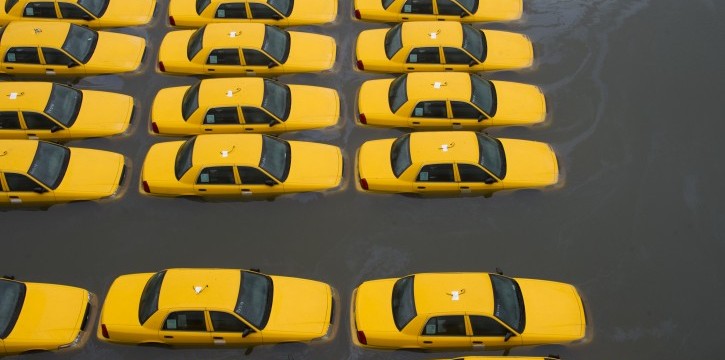Mediating SuperStorm Sandy
In the Spring of 2013, I was recruited to mediate Superstorm Sandy insurance coverage disputes between New Yorkers and their carriers. At the peak in June, I was mediating 4 disputes a day in Brooklyn and Lower Manhattan. The homeowners’ stories were, to say the least, heartbreaking. More than just the physical destruction, the families were still emotionally devastated half a year after the storm.
Even though the individual facts varied, the general theme was that floodwaters had damaged their property and/or prevented the homeowner/business-owner from using their property for a period of time. For most, their insurance claims had been denied on two grounds: (1) floodwater exclusion and (2) anti-concurrent causation. In a nutshell, the former says that if the harm is caused by water that is not falling from the sky, it is excluded. The latter says that if there are multiple causes for the harm and one of them is floodwater, then none of the damage is covered. For businesses without any physical flood damage, the claims were often denied because there was no covered cause of loss — flooding at ComEd’s substation was an off-site event and thus not covered.

With that background, mediating these disputes was a daunting task and I tried to not make them into exercises in futility. Without fail, thankfully, the insurance representative would start by declaring that her objective was to find coverage, not deny it. I took those words to heart, keeping the parties in joint session to force them to collaboratively work toward a solution.
In normal mediations, I try to stay disinterested, not pushing one way or the other. However, because both parties’ expressed goal was to find coverage, I became more active – going through a checklist of things policyholders often forget to submit claims for. Plus, after hearing the policyholder’s account of the damages, the carrier would often think of things that could be covered.
In one case, we discovered that the homeowner had not claimed for spoiled food. In another, the business had not realized that it could claim for “valuable papers and records”. A third was able to distinguish and document what property was damaged by floodwaters vs. wind (which was covered).
This is not to say that every claimant got a monetary settlement. Far from it. For example, a couple of retailers could not claim tens of thousands of dollars of fresh and frozen food that had spoiled when the power was out for a week. What they did get, however, was someone who would sit and listen to them, walk them through their policy and answer their questions in plain English. Based on my post-mediation surveys, the claimants who did not get a settlement were often just as satisfied as those who did.
In all, hopefully, the process helped people move on with rebuilding their lives and putting Superstorm Sandy behind them.
**2015 Update: Because of my work in 2013, I am advising FEMA on flood insurance claims arising out of Sandy. Specifically, I’m reviewing FEMA’s determinations on coverage and injury make sure they comply with its obligations under the policies.
 Shirish Gupta is an award-winning mediator and arbitrator with JAMS. He regularly mediates insurance coverage disputes.
Shirish Gupta is an award-winning mediator and arbitrator with JAMS. He regularly mediates insurance coverage disputes.
Book a mediation with Shirish.





